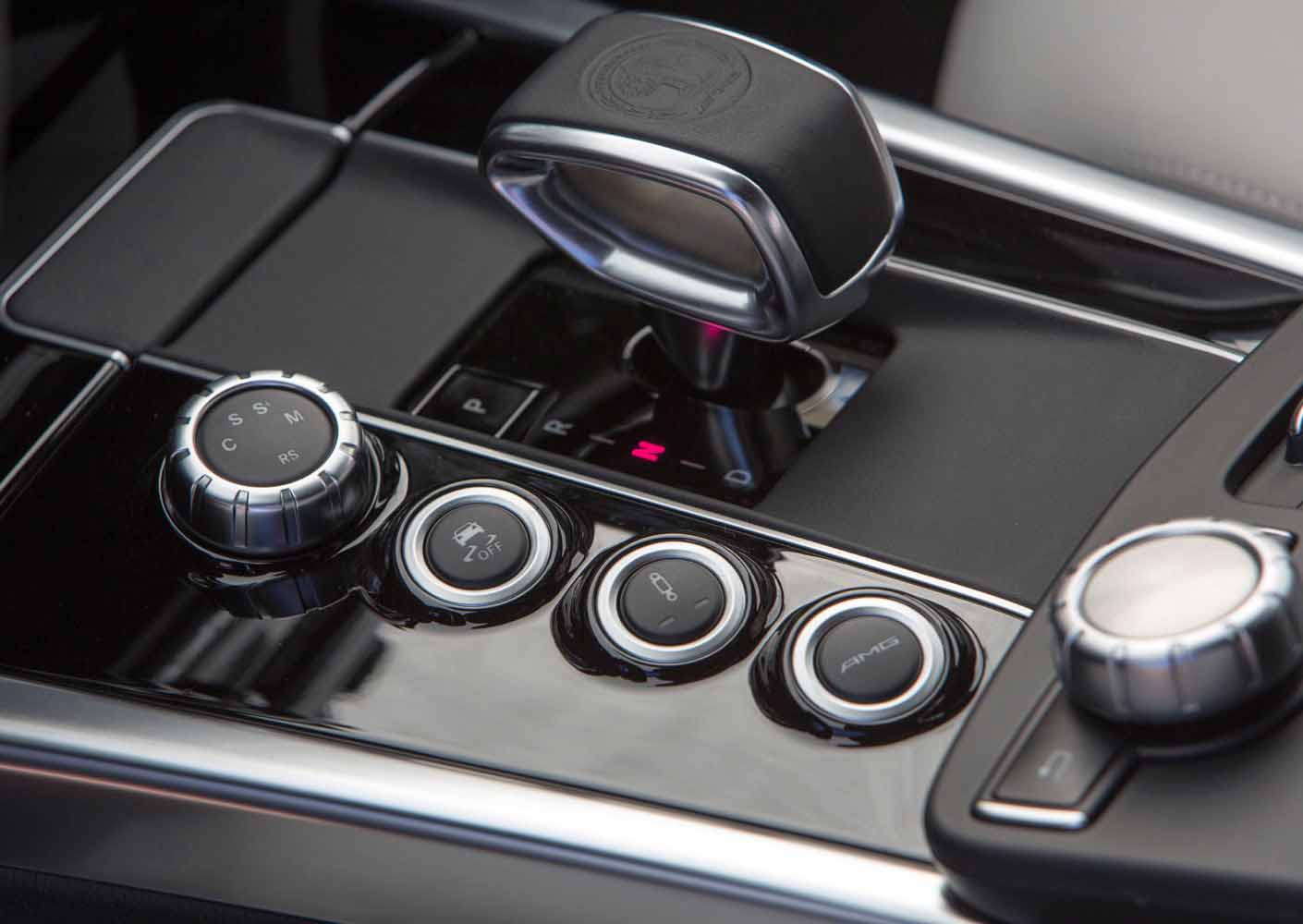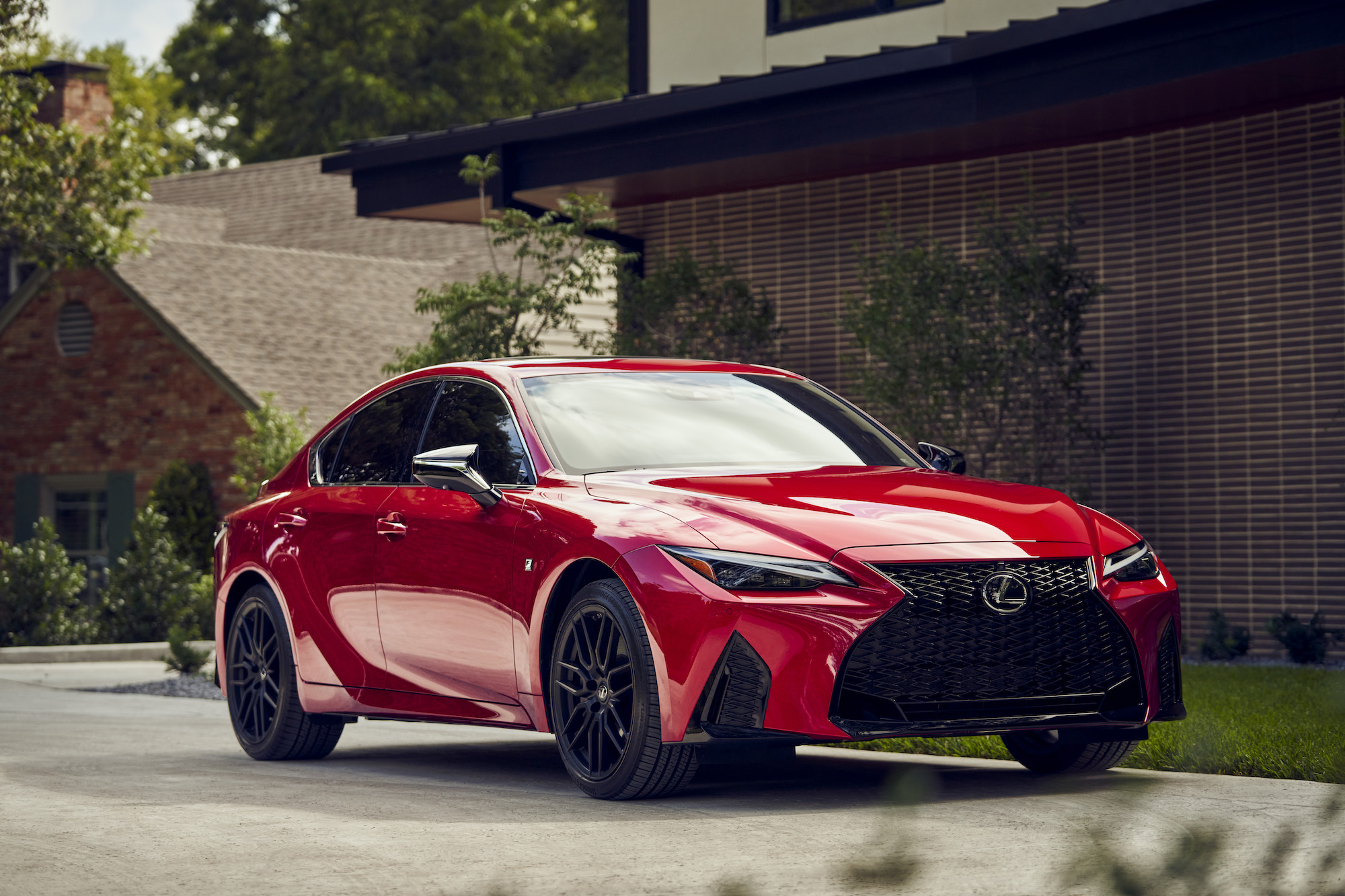
Are you a huge fan of muscle cars. There will be many images of muscle cars online. So if you're looking to get some inspiration, here's where. Pinterest, Facebook, Tumblr or Twitter are all good places to start. You may find your favorites that you like, which are great for saving to your computer. However, it's best to get creative if you really want to make your muscle car pictures stand out.
'64 Pontiac GTO
1964 saw the debut of the Pontiac GTO's first production model. It also launched a new trend in muscle cars, the midsize. With 32,450 orders placed for the 1964 Pontiac GTO, it was one of the most popular cars of that year. The GTO became a separate model for 1966, and the car sold well. Although the exterior remained unchanged, there were some noticeable changes under the hood. The 389 ci V8 was increased in size to 400 cubic inches, and the hottest single carb version had a horsepower rating of 360. The two-speed manual transmission was also replaced by the three-speed TH400 transmission.
Pontiac introduced the GTO in 1964. This sparked the muscle car horsepower battle that continued until the 1970s when fuel efficiency was more important. Insurance companies disapproved high-powered cars. Street-fighting rivals could have caught up to the GTO’s speed, but they couldn’t claim the title first-generation muscle vehicle.

'63 Corvette
You have come to the right spot if your interest is in a classic 63 Corvette. These photos show the first generation of American muscle cars. These pictures are taken in California, where it was manufactured. While it isn't possible to find an exact reproduction, these images are representative of the era. Since its introduction, the '63 Corvette is one of the most beloved cars in the world.
The 1963 Chevrolet Corvette is the first sports car in its class. It was widely considered to be the most iconic American sports car of the 1960s and featured a split-rear window. However, many owners purchased replacement kits for the split-rear window and today these vehicles are rare. The split-window design was popular but soon was rejected by GM executives. Split windows were a costly mistake as they impeded rear visibility.
'64 Firebird Trans Am
If you have never had the chance to see one of the original Firebird Trans Ams, now is your chance to get a firsthand look. These vintage cars, which were released in 1982 as a 1983 edition, shared many of the same mechanical components as the Chevrolet Camaro. "Kitt", from Night Rider, made the Trans Am famous. The Trans Am is not only famous but also featured dual airbags, a short/long arm front suspension and non-rusting composite panels.
The original Firebird was introduced in 1967 and continued through 1969. The original Firebird was introduced in 1967 and continued through 1969. It lasted eight years. The second generation of the Firebird was produced from 2001 to 2001. It has been a collectible item for many decades. Images of 1964 Firebird Trans Ams can be viewed on the Pontiac site and on other car enthusiast forums. You can view them here. You can also see the gallery below to get a better look at the car.

'65 Chevelle
The Chevrolet Chevelle is one of the most popular muscle cars of late 60s. The mid-size performance car was a hot seller and was one of the best-selling cars of its time. It's still a very popular muscle car with collectors and hot rodders all vying to own it. The '65 Chevelle photos of muscle cars clearly demonstrate that this car is the best example of what "muscle car" really means.
The '65 Chevelle was a Chevrolet's answer to the Ford Mustang and Pontiac GTO. The Chevelle, despite its expensive price tag, was only rolled out in 201 examples in 1965. It's not in great condition however. The car was completely untrimmed and had primer covering nearly every body panel. Someone had tried to graft a Mopar hood scoop onto it.
FAQ
Is being a mechanic apprentice hard?
It's not simple, but you can learn quickly and there are many avenues for advancement.
You will need to be patient and persevering. It is also important to know how you can fix vehicles, trucks, or motorcycles.
Customers and relatives can exert a lot on you. You shouldn't feel pressured to make decisions that you don't like.
If you like fixing cars, this could be a great career option. It's a job where you can earn a decent salary and build up your business.
You might choose to take a different route. This is where you might be interested in becoming a technician.
This means that you can use your technical knowledge to help other workers. You could help technicians troubleshoot problems or teach them new techniques.
Another option is to become a service advisor. Here, you'll provide advice and assistance to customers when they bring their cars to a garage.
Your decision will be based on what your priorities are. There are plenty of options available, and you can choose which suits you best.
How can I prepare for a apprenticeship as a mechanic?
It is important to have an understanding of what you are going into. You must understand the workings of cars. This way, you know where to start when you go on your first day at the garage.
You will also need to learn how to fix simple problems like tires and broken lights.
This will teach you how to diagnose problems and fix them yourself.
It is also important to know how the different pieces fit together in order to put them together again.
Finally, you need to be able to safely and efficiently use tools.
All these aspects will help you become a competent technician.
What information do I need about car mechanics
To work as an auto technician, you don’t need to know much about cars. All you need to know is how to fix things. Most people start by fixing things like changing tires or fitting brake pads.
You will need to understand written instructions, read diagrams and follow the basic rules of good practices. You'll also need to be able to judge whether parts need replacing or repairing.
It's important to remember that you shouldn't attempt to repair vehicles without having received proper training and guidance. This is especially true for expensive components, such as transmissions and engines.
Even though you won’t need to know much more about cars, you will still need to have an in-depth understanding of mechanics and physics. This is how you understand the mechanisms behind engines and brakes.
It is important to realize that you must be ready for all types of situations. One example is when you could be working on a vehicle involved in a serious crash. You'll also need experience dealing with breakdowns and accidents.
Finally, you need to be willing and able to quickly learn new skills. It is important to be able both to diagnose problems and perform simple maintenance tasks, such as tightening nuts.
Statistics
- According to the BLS, total auto technician employment is expected to exceed 705,000 by 2030. (uti.edu)
- The U.S. Bureau of Labor Statistics (BLS) reports that the job outlook for automotive service technicians and mechanics is expected to decline by 4% from 2019 to 2029. (indeed.com)
- There were 749,900 jobs available for automotive service technicians and mechanics in 2016, which is expected to grow by six percent through 2026. (jobhero.com)
External Links
How To
How to correctly diagnose your vehicle for repairs
Before you can determine if your car requires repairs, it's important to first analyze the symptoms. Then, follow these steps to diagnose your vehicle properly.
-
Check engine lights. Make sure to check all dashboard indicators like the engine light indicator (oil pressure gauge), the battery indicator (battery light indicator), and the RPM indicator (rpm gauge). If any of them have been flashing for several days, it may mean something is wrong with your vehicle.
-
Check the treads of your tires. Tire wear can lead to problems in handling and brake performance. You should also inspect the wheel treads. They should be clean, and they should be smooth. This can be done by removing the wheels from the vehicle and taking them off. You can check the tread wear with a flashlight.
-
Pay attention to the level of your brake fluid. Keep track of the brake fluid level in your vehicle. This ensures that your brakes work properly. Low brake fluid levels can cause brake failure when you apply pressure.
-
The suspension system should be tested. The suspension system in vehicles absorbs vibrations and shocks. It gives you better control and allows for smoother accelerations and decelerations. Your vehicle might feel wobbly, or shake uncontrollably if it has a bad suspension. To test whether your vehicle has a suspension issue, try putting weight on the front or rear axle and observe the movement.
-
Take a look at the steering column. The steering column connects the steering wheel to all other components of the vehicle. Steering columns can be damaged by accidents. You should replace the steering column if it is loose or weak.
-
Observe the exhaust pipe. Exhaust pipes help move gases from the combustion chamber to the atmosphere. If your exhaust pipe leaks or cracks, it will allow harmful fumes into your cabin. It is also important to repair any bends in your tailpipe immediately.
-
Take a look at the underside of your hood. Check under your hood for any unusual or missing components. You could have fluids leaking from the engine. You should also contact a professional technician if there is an unusual odor coming from the engine compartment.
-
Check the air filter. The air filter in your vehicle collects dirt and dust from the environment. Vehicles that have a dirty air filter will not run well. Replace your air filter regularly.
-
Check the fan belt. Your vehicle's fan belt connects the engine to the transmission. If the fanbel breaks, your engine won't turn. The process of replacing the belt is straightforward. All you need are a screwdriver & pliers.
-
Make sure you inspect the radiator hoses and hoses. The radiatorhose carries water from your radiator to the engine. If it becomes cracked or damaged, it can leak hot liquid onto the engine. To repair the hose, you will only need to use a pair needle-nosepliers and a wire brush.
-
You should inspect the windshield wipers. Windshield wipers use electricity to remove snow and rain. If they stop working, streaks could be left on your glass. The solution is to change the washer fluid.
-
Verify the condition of your battery cables. The batteries provide power to the electrical systems within your car. When you replace batteries, make sure to disconnect the negative cable first. Failure to do so can damage your alternator.
-
Make sure your headlights are working properly. Headlights are used to illuminate the road ahead. If they don't work properly, it can cause poor visibility. To determine if your bulbs are out of date, check them.
-
Always check your lights. You can warn other drivers if you approach them at night. If one doesn't work, it could distract you and lead to an accident.
-
Inspect your brakes. Brakes will reduce the speed of your car in case of an accident. You could lose control of the car and cause a crash if they don't work properly.
-
Change the oil. Your engine will stay lubricated by the oil. It prevents metal parts from rusting too quickly. It is recommended to change the oil each month.